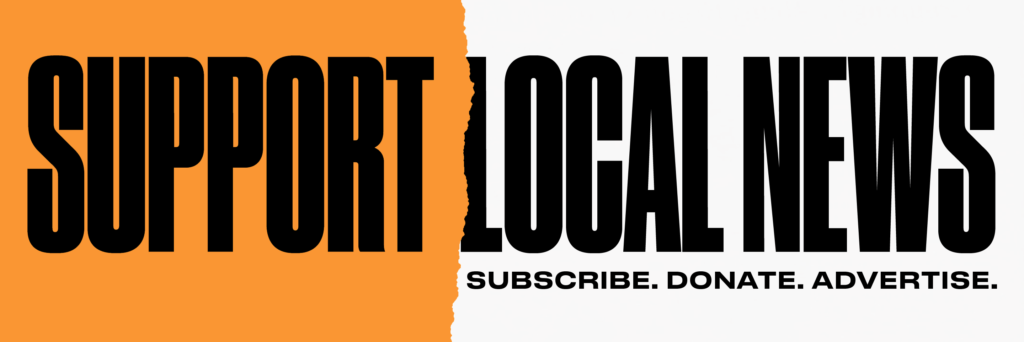By Jacob Burg
President Donald Trump announced on Nov. 9 plans to offer Americans outside of “high income” brackets $2,000 each out of his administration’s tariff revenues.
“We are taking in Trillions of Dollars and will soon begin paying down our ENORMOUS DEBT, $37 Trillion,” Trump wrote on social media. “Record Investment in the USA, plants and factories going up all over the place. A dividend of at least $2000 a person (not including high income people!) will be paid to everyone.”
The proposal would likely need the support of Congress to pass. In July, Sen. Josh Hawley (R-Mo.) introduced the American Worker Rebate Act, which aimed to use tariff revenue for tax rebates of at least $600 per adult and child, determined by income level.
Trump had also first floated the idea of giving Americans a $2,000 “dividend” funded by tariff revenue while speaking with One America News Network in early October, when he said the federal government could use some of the revenue to issue rebate checks.
The president’s announcement on Nov. 9 came just days after the Supreme Court heard arguments over the legality of his global tariff agenda imposed earlier this year. Justices probed Trump’s use of the International Emergency Economic Powers Act, which allows presidents to regulate imports in response to emergencies. Congress, through Article 1 of the Constitution, has the authority to impose tariffs.
Some justices seemed skeptical of Trump’s use of that law to impose tariffs, while others were more difficult to read, casting uncertainty over the eventual ruling and what it will mean for the president’s tariff agenda.
The ruling will also likely affect whether the administration can issue tariff revenue rebate checks in the first place, as Treasury Secretary Scott Bessent indicated in early September that some of the revenue may need to be returned if the Supreme Court upholds a lower court order that blocked a large portion of the president’s tariffs.
“We would have to give a refund on about half the tariffs, which would be terrible for the Treasury,” Bessent told NBC News’s “Meet the Press,” suggesting that it would represent a loss in federal revenue.
“If the court says it, we’d have to do it.”
Just four minutes after Trump posted about the $2,000 dividend payments on Nov. 9, he seemingly acknowledged how the Supreme Court ruling could affect his rebate plan.
“Without tariffs, we have none of the following (just posted) Truth!!!” the president wrote on social media in all caps.
Trump posted again almost an hour later, sharply criticizing the view that he does not have the authority as president to impose blanket tariffs on all U.S. trading partners.
“So, let’s get this straight???” he wrote in the post. “The President of the United States is allowed (and fully approved by Congress!) to stop ALL TRADE with a Foreign Country (Which is far more onerous than a Tariff!), and LICENSE a Foreign Country, but is not allowed to put a simple Tariff on a Foreign Country, even for purposes of NATIONAL SECURITY.
“That is NOT what our great Founders had in mind! The whole thing is ridiculous! Other Countries can Tariff us, but we can’t Tariff them???”
The White House did not respond to a request for further clarification by publication time.
Based on the Treasury Department’s recent statement on the federal government’s receipts and outlays, the Trump administration collected $195 billion in customs duties in the first three quarters of 2025.
That would allow 97.5 million people to receive a $2,000 dividend check.
There were roughly 267 million adults in the United States in 2024, according to estimates of 2020 U.S. Census Bureau data. That year, YouGov Profiles data indicated that roughly 18 percent of U.S. adults fell into the “high-income” bracket with income of more than $100,000 per year, which would exclude them from the suggested dividend.
The overall effective tariff rate for goods entering the United States is currently 18 percent, the highest since 1934, according to an analysis by the Budget Lab at Yale. The degree to which the tariffs are being passed on to U.S. consumers remains a subject of debate.
Matthew Vadum, Sam Dorman, and Jack Phillips contributed to this report.





